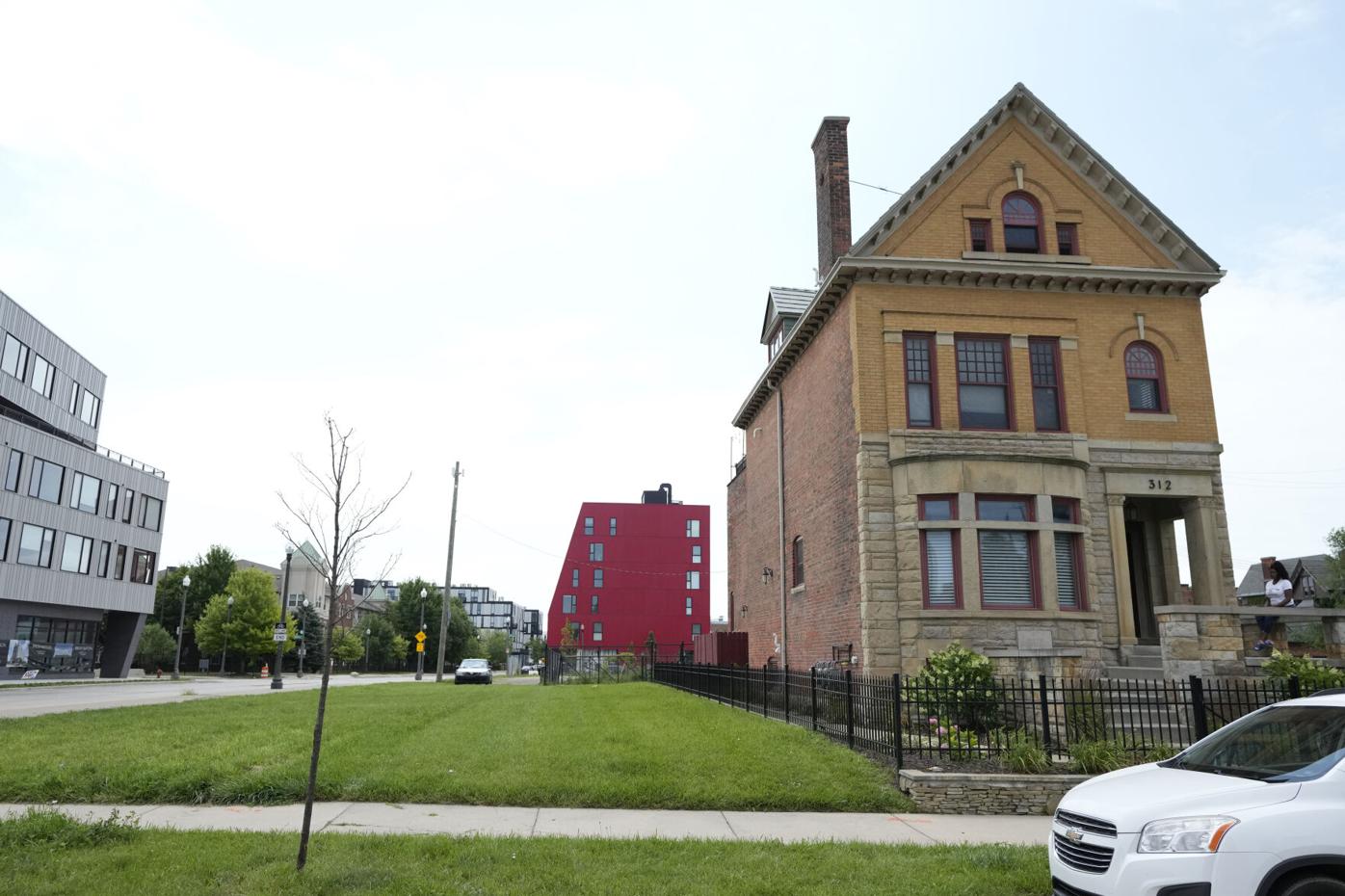Introduction: A decade has passed since Detroit, once a symbol of urban decline and financial ruin, filed for bankruptcy on July 18, 2013. With the appointment of a state-appointed manager, the Motor City embarked on a challenging journey toward recovery. Today, Detroit stands as a testament to resilience and determination, having risen from the ashes of insolvency. While the city’s finances have improved significantly, there remains a lingering sense of discontent among city workers and retirees, who feel the weight of the sacrifices made during the bankruptcy process.
The Road to Bankruptcy: Detroit’s bankruptcy was a culmination of years of economic decline, population loss, and mismanagement. The city’s dwindling tax base, coupled with mounting debts and pension obligations, left Detroit on the brink of financial collapse. The decision to file for bankruptcy was a painful but necessary step to address the city’s staggering $18 billion debt.
The State-Appointed Manager: In an unprecedented move, the state of Michigan appointed an emergency manager to oversee Detroit’s finances and guide the city through bankruptcy proceedings. This controversial decision granted the manager broad powers to restructure the city’s operations, negotiate with creditors, and make tough decisions that would reshape Detroit’s future.
Rising from the Ashes: Through a combination of austerity measures, strategic planning, and revitalization efforts, Detroit has experienced a remarkable turnaround. The city’s finances have improved, attracting new investments, businesses, and residents. Vibrant neighborhoods have emerged, cultural institutions have thrived, and the downtown area has undergone a renaissance. Detroit has become a symbol of urban revival, drawing visitors from around the world to witness its transformation.
The Cost of Progress: While the revitalization of Detroit is cause for celebration, many city workers and retirees feel left behind. During the bankruptcy process, sacrifices were made, pensions were reduced, and benefits were slashed. The burden of these sacrifices weighs heavily on those who dedicated their lives to serving the city. Their feelings of disillusionment and frustration persist, highlighting the challenges of balancing financial stability with the well-being of public servants.
Looking Ahead: As Detroit charts its course for the future, there is a growing call for equity and inclusivity in the city’s resurgence. Advocates argue that the benefits of Detroit’s recovery should reach all its residents, particularly those who have been disproportionately affected by decades of neglect. They emphasize the need for affordable housing, job creation, and support for small businesses to ensure that the city’s revitalization benefits everyone.
Conclusion: Detroit’s journey from bankruptcy to resurgence is an inspiring tale of resilience and transformation. While the city’s finances have significantly improved, it is essential to address the concerns of city workers and retirees who have felt the brunt of the sacrifices made during the bankruptcy process. As Detroit continues to rebuild, a collective effort is required to ensure that progress is inclusive and sustainable, providing a brighter future for all its residents.


